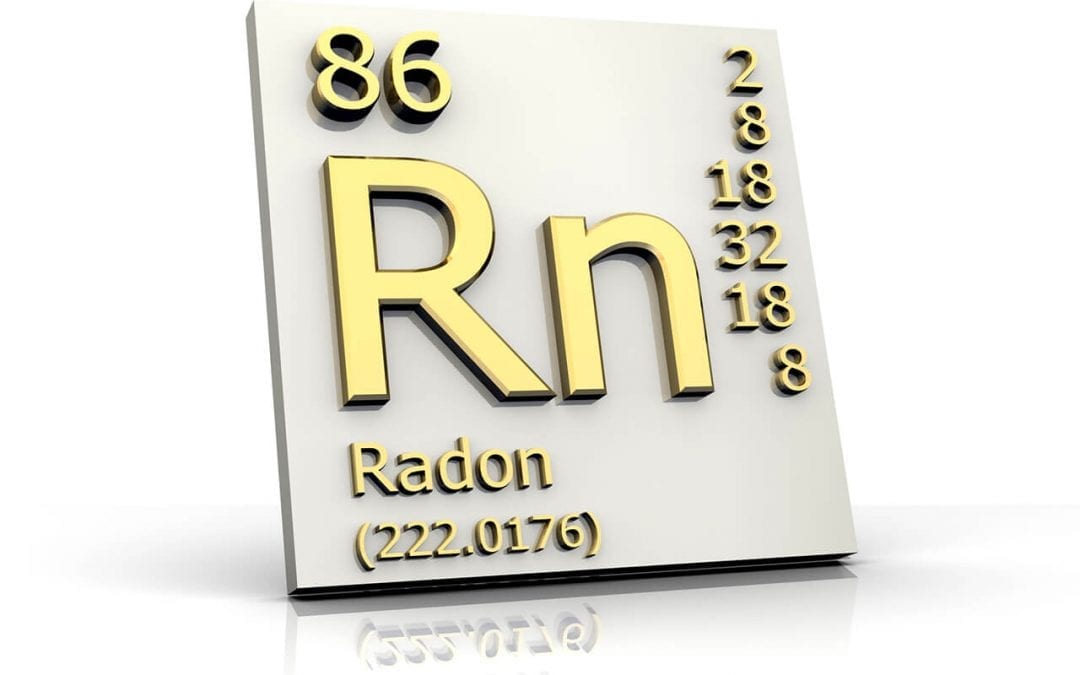January is National Radon Action Month, so it is a good time to learn about radon and make sure your home is safe. Radon is a carcinogenic gas that has been linked to lung cancer. Without an accurate test from a licensed professional, you may not know your level of risk. Understanding what to do about radon in your home is critical for your family’s well-being.
Why You Need to Test for Radon in Your Home
You could continue to wonder if you have radon in your home, or you could take action to determine with accuracy if it is a problem. Without testing, you cannot know if remediation is required or which remediation strategies are suitable for your home.
Testing for radon gas is your first step. A licensed professional with high-quality testing equipment will provide you with more detailed and accurate results than a cheap do-it-yourself test from a local hardware store. When it comes to radon, it’s always best to opt for professional testing.
1. Explore Remediation Steps
After a professional tests your home and determines that radon gas is at an elevated level, you will need to take immediate action to remove the gas. Delaying mitigation means you and your family members will continue to be exposed to a dangerous carcinogen. There are multiple remediation steps available and only some may be suitable for your home’s unique circumstances.
2. Educate Yourself
While you are waiting for a professional to complete radon mitigation in your home, spend some time learning more about radon gas, how it gets into a home, and how to prevent it from happening again. Along with researching information online, you can also speak in-depth with your inspector or radon mitigation specialist.
3. Understand What Steps to Avoid
There are multiple remediation steps that may be used on a home with high levels of radon gas. However, the decision on which one to use in your home should be left to a professional. In some instances, using the wrong method may actually backfire and make your situation worse.
4. Improve Ventilation
One of the reasons why you may have an elevated level of radon in your home is because of poor ventilation. While a well-sealed home is great for energy-efficiency, it can be detrimental for indoor air quality since fresh air doesn’t circulate inside as often.
Radon can penetrate up through tiny foundation cracks and other gaps and become trapped in your home. This results in an increased level of gas over time. A quality ventilation system can help prevent buildup in the future and improve your overall indoor air quality.
Radon in your home requires immediate action because of how dangerous it is. Because the gas is odorless, clear, and otherwise impossible to detect, it’s smart to test your home for radon now and regularly to keep your family safe.
InspectorUSA provides radon testing and other home inspection services to Central Kentucky. Contact us to book your radon test today.

